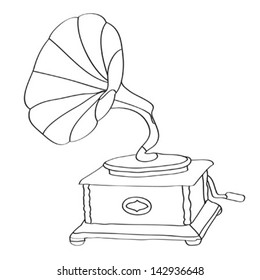Have you ever noticed that a loudspeaker is the opposite of an eardrum?
Probably not but it's true, see our ears work by concentrating changes in air pressure onto a small diaphragm that will move back and forth with the pressure changes this vibration causes stimulation in the hearing bits of the ear, which your brain can assuming you have normal hearing ability turn into what we perceive as sound a loudspeaker does the opposite it's diaphragms.
The driver cones vibrate to create pressure. The air this vibration gets transferred to our eardrums so we can hear it. We're sticking to simple stuff today because the rabbit hole is just too deep.
All you need to know is that things vibrate which causes air pressure to fluctuate which causes our eardrums to also vibrate which stimulates the brain so that we can perceive that vibration as sound.
Let's go over a brief history of sound recording Technologies the first device which could reproduce the sound recording was The Phonograph Thomas Edison's invention consisted of an artificial eardrum, which would vibrate along with changes in sound pressure. And with the aid of a collecting horn the vibration is transferred into this stylus creating an up and down motion. This carves a Groove into a wax cylinder and the vibrating style is creates an imprint of the sound wave the depth of that. Becomes a literal analog of the original Sound Vibrations.

Then when the stylus is run over, the now bumpy Groove the bumps cause the diaphragm to vibrate in the same way as it did when it first made the bumps and the result is that you hear the same sound as before or at least a barely passable imitation of that sound.







0 comments:
Post a Comment